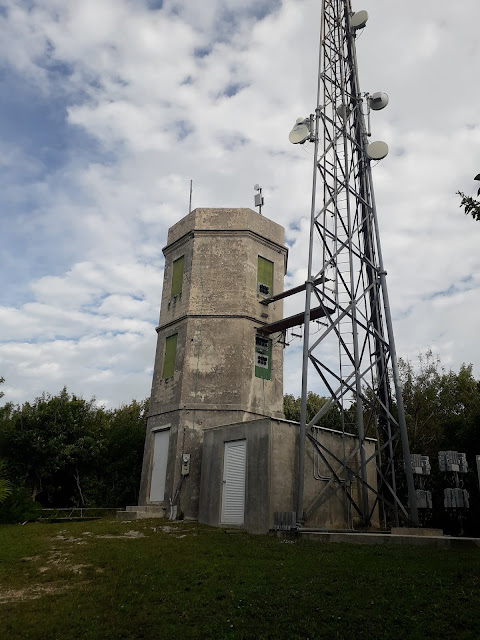Napoleonic Coins
I started coin collecting 'seriously' not too long time ago, and decided that I will concentrate on collecting crown/dollar size silver coins, especially those with significant historical background behind it. Here are two of my coins from the Napoleonic age. I have always been fascinated with the Napoleonic era. Napoleon is a bit of a contradiction. A tyrant who would probably be tried as a war criminal by the mores of the 20th/21st century, is imbued today with a majestic aura instead. The Napoleonic age ushered in a different age that ultimately results in modern Europe. However, the empire that Napoleon acquired has a medieval feel to it, with him parceling out kingdoms and principalities to his family members and cronies. I intend to collect the silver coins of the Napoleon empire Inc. and its subsidiary, and here are some starters:
1808A (Paris Mint), 5 franc, 1st French Empire, KM#686.1, 25.000 g (24.943g), 0.9000 Ag, 0.7234 oz. Mintage: 6.462.000.
Reverse: RÉPUBLIQUE FRANÇAISE. 5 FRANCS.1808. A.
Edge: * DIEU PROTEGE LA FRANCE
I got this coin from ebay. It dates from 1808 and has the most common mintmark (A: Paris).1808 was four years after Napoleon crowned himsef emperor of the french and three years after his spectacular victory at Austerlitz. Napoleon, if not at his zenith, was at the summit plateau of his reign, still four years before his disastrous march into Russia.
The weight of the coin is also historically interesting. The french has decreed that the Franc would be defined as coin of 0.9 Ag of a 5g weight, and thus making 5 F weighing 25g with 0.9 silver purity. This denomination was called the Geminal Franc. This was a very early usage of the metric system, the measurement system that is universally in place today.
My first impression upon beholding the coin was that it seems too new and modern to be a coin that is more than two centuries old. I did not know that the coins 200 years ago have edges carved with lettering already. The coin gave a crisp silvery hum when tapped. Its perfectly circular. It was so unlike the spanish colonial silvers of similar era that I have, which seems primitive and crude compared to this coin. The bust is distinctly Napoleon, with his bulging eye and the reverse is of a simple design, with a all too common laurel wreath surrounding the coin's denomination. The coin has been cleaned before, but the features are sharp and clear. The original tone can be discerned from spaces in the alphabets of the lettering. I would think that this coin is an XF grade.
1809AI, Spain 20 real de vellon, KM#551.2, 27.080(26.256g), 0.9030Ag, 0.7863 oz. Mintage: 700.000
Obverse: Bust of Joseph Bonaparte. IOSEPH · NAP DEI · GRATIA · 1809 ·
Reverse: HISPANIARUM ET IND · REX. M^ · A · I . 20 R (King of Spain and the Indies, Madrid Mint, Assayers initials A.I.)
I got this coin during a recent trip to Madrid, at a shop in Plaza Mayor. Joseph Bonaparte was installed as King by his brother in 1808 and he had an uneasy reign till 1813 when the french were finally booted out. The denomination is in real de vellón introduced in 1808, which was issued in parallel with the usual real de plata fuerte till 1850 when the latter real is discontinued. This coin is from the Madrid mint. The coat of arm on the reverse depicts, from left top in a clockwise manner, Castille, Leon, Navarre, The Indies (new world), Granada and Aragon, with a Napoleonic eagle in the middle to denote Joseph’s House of Bonaparte.The condition of the coin is not great. The numismatist who sold me the coin, Fernando P. Segarra, gives it a MBC (muy bien conservation) which is equivalent to a VF. It has a big cavity in the reverse side. This defect was in the original planchet. The edges are very well worn.
One interesting, and a bit worrying feature, is that there is no dot behind the R on the obverse (the 'R' of the 20 R denomination). Of almost all the pictures of the 20R coins that I came across, all of them has a dot after the R. Although there is an item in an auction, also from 1809, that looks exactly the same as this present coin, which gives me some confidence that this coin is not a fake. Still it bugs me, is this a fake or just a variation? and why only in 1809?
A Similar coin here: auction lot 0563






Comments
Post a Comment